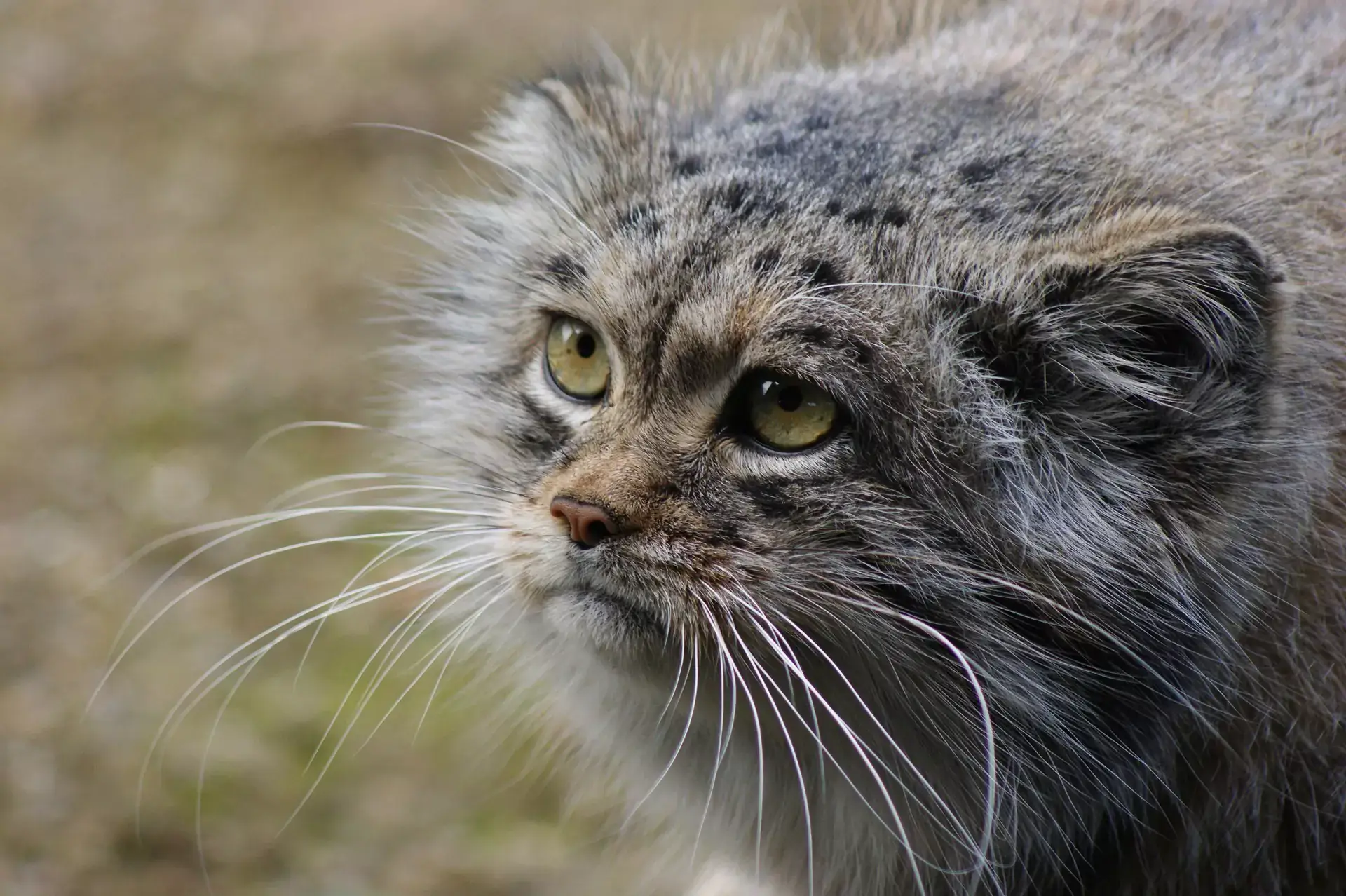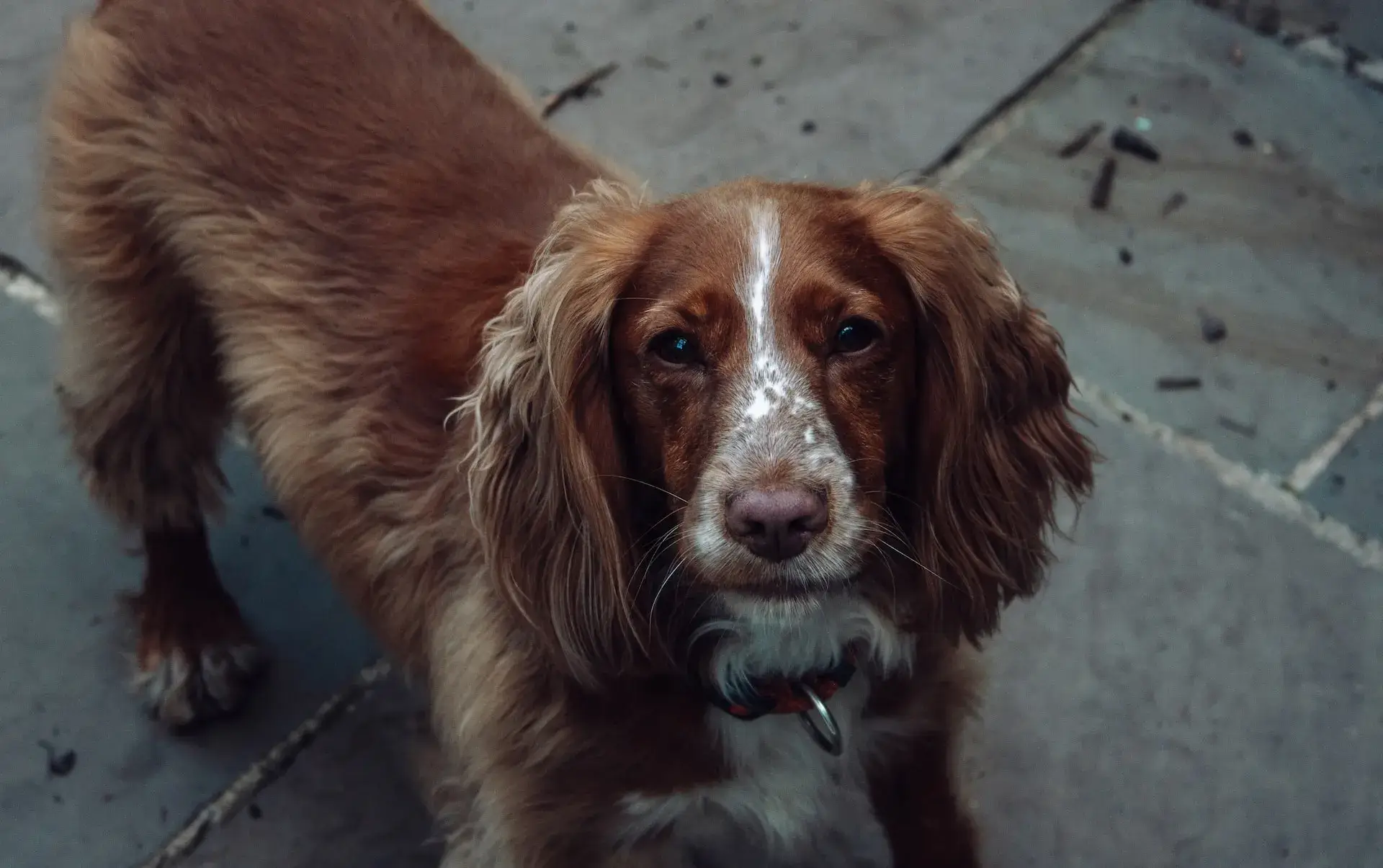Grooming a Longhaired Bunny
Have you recently adopted a longhaired rabbit, such as an Angora or a Lionhead? These super fluffy bunnies are of course super cute. However, your pet won’t be able to keep up with all that fur herself. You’ll need to groom her regularly. A vet offers some advice on this below.
Summer
In summer, you’ll need to be extra careful to keep your bunny dry and clean. Otherwise, she could develop flystrike, which is painful and dangerous, not to mention really gross. Check Floppy’s skin and coat daily. Your vet may also recommend a flystrike preventative. It’s also very important to make sure that your furry friend doesn’t overheat!
Molting
A few times a year, your rabbit will shed all of her old fur and grow in a new coat. This is called molting, as it’s a bit more intense than the shedding dogs and cats do. Bunny grooming is especially crucial at these times. If Floppy swallows her fur, she can’t vomit it back up the way a kitty could. Because of that, hairballs can cause very dangerous—and even life-threatening—intestinal blockages. Ask your vet for more information, including tips on hairball prevention and warning signs.
Tools
Be very careful when selecting Floppy’s beauty tools. Whether you opt for combs, a slicker brush, a mat rake, or another brush, it’s very important for you not to pull too hard. Bunnies have very delicate skin that rips easily. Generally, you’ll want to start with a wide-toothed comb or special mat comb. Then, finish up with a tool that has narrower teeth.
Problem Areas
With longhaired bunnies, their ‘armpits’ and the spots between their legs often mat the most. Your vet may recommend that you clip or even shave these trouble areas. Ask for specific advice.
Bathing
You should never bathe your rabbit. If Floppy ever gets something spilled on her fur, you can gently clean off the dirty area. One option is hold your bunny carefully and, if possible, submerge just the part or her that’s dirty into a tub or sink of lukewarm (not hot) water, and swish the water around. Never submerge your rabbit’s head or whole body. This is extremely scary for bunnies, and they can actually go into shock, which can be fatal.
Convincing Floppy
Bunnies reactions and opinions on being groomed vary greatly. Some love it. Others? Not so much. Pick a time when Floppy feels relaxed. As you brush her, talk to her gently, and offer her treats and praise. Don’t try your pet’s patience with long sessions. About 10 or 15 minutes is fine.
Our Advice on Grooming a Longhaired Bunny in 2024
Why is summer grooming extra important for longhaired bunnies?
Summer grooming is crucial for longhaired bunnies to prevent flystrike, a painful and potentially fatal condition caused by flies laying eggs in damp or soiled fur, leading to maggot infestation. Regular grooming helps keep the bunny dry and clean, reducing the risk of flystrike. Additionally, it prevents overheating, a common issue for longhaired breeds in warmer weather. Monitoring the rabbit’s skin and coat daily and employing flystrike preventatives, as advised by a veterinarian, are essential steps in ensuring the health and comfort of longhaired rabbits during summer.
What is molting, and why is grooming crucial during this time?
Molting in rabbits is the process of shedding old fur and growing a new coat, occurring a few times annually. This period necessitates meticulous grooming due to the increased risk of hairballs, as rabbits cannot vomit ingested fur. Such hairballs can cause dangerous intestinal blockages. Regular grooming during molting helps remove loose fur, preventing ingestion by the rabbit. For guidance on proper grooming techniques during molting or if you notice signs of distress in your rabbit, consider visiting our veterinary clinic in Fort Myers, FL, for professional advice and care.
How often should you groom your longhaired rabbit?
Longhaired rabbits require regular grooming to maintain their coat’s health and prevent matting, which can lead to serious health issues. It’s advisable to groom your longhaired rabbit several times a week, with daily checks during periods of heavy shedding or molting. Additionally, areas prone to matting, such as the ‘armpits’ and between the legs, may need special attention. Consulting with a veterinarian can provide tailored advice and demonstrate proper grooming techniques to ensure the well-being of your longhaired rabbit.
Are there specific grooming needs for maintaining eye and ear health in longhaired bunnies?
Yes, longhaired rabbits have specific grooming needs crucial for maintaining eye and ear health. Regularly checking and gently cleaning around the eyes and ears is important to prevent irritation or infection caused by stray hairs. For the ears, it’s vital to ensure they are clear of debris and not matted, as matting can lead to reduced air circulation, encouraging bacterial growth. If you notice any signs of discomfort or abnormality in these areas, it’s advisable to seek professional advice. Our veterinary clinic in Fort Myers, FL, is equipped to offer guidance and care for your longhaired bunny’s specific needs.
When should you start grooming a young longhaired bunny?
Begin grooming your longhaired bunny at a young age to accustom them to the process, ideally starting as soon as they settle into their new home. Early introduction to grooming helps them become comfortable with handling and reduces stress during grooming sessions as they grow older. This early start is crucial for maintaining their coat’s health, preventing mats, and ensuring they’re used to regular care. If unsure about proper techniques or tools for grooming young rabbits, consult a veterinarian for guidance to ensure safe and effective grooming practices.
Please contact us your local animal clinic in Fort Myers, FL for more information about rabbit care. We’re happy to help!





